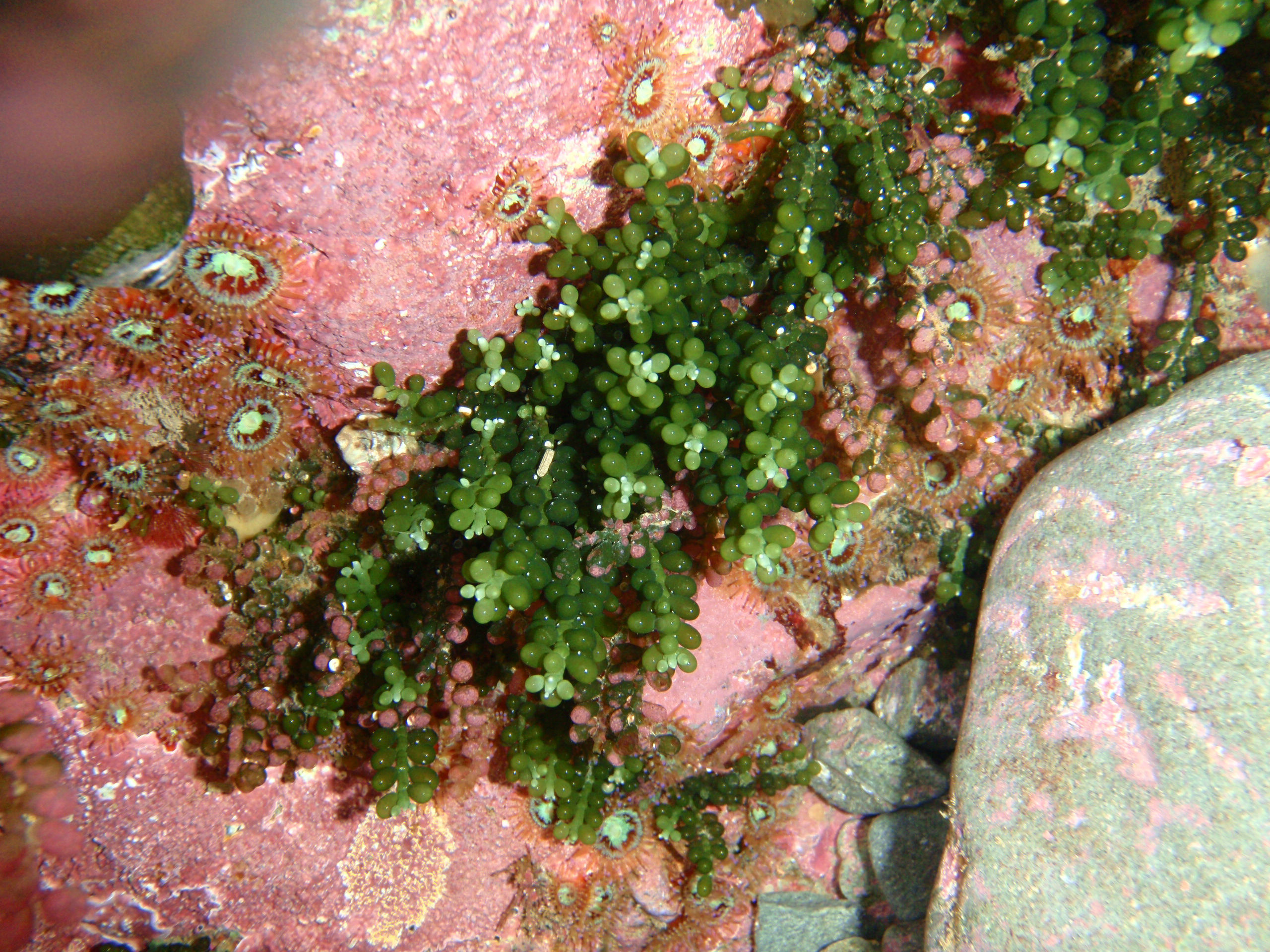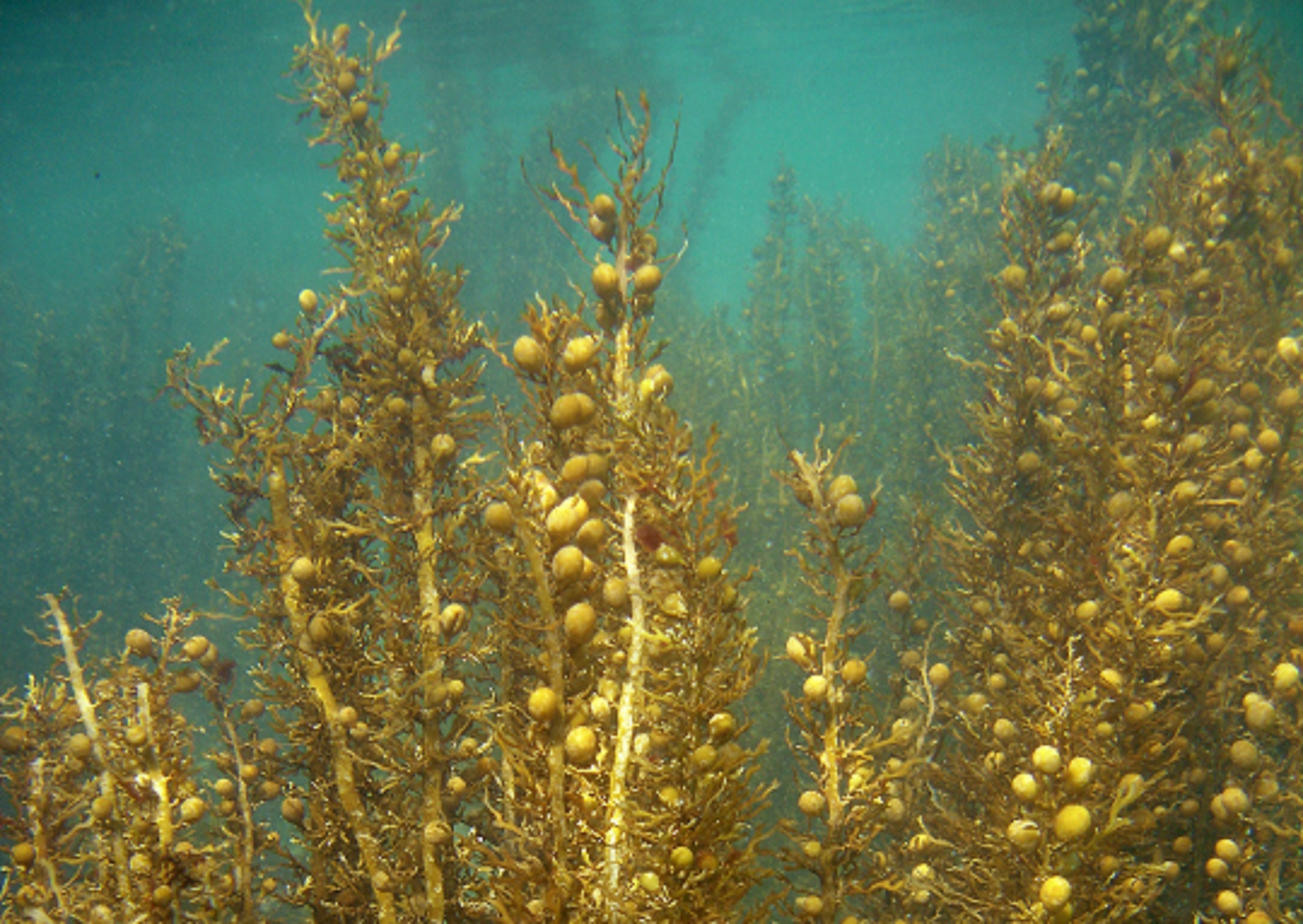Current Research

Algal diversity in New Zealand
The number of species of seaweeds in New Zealand is still not known. Neither do we fully understand how they are related to algae from other parts of the world.
Molecular data can aid this process of discovery. DNA-barcoding is a method in which DNA sequence data can illuminate species diversity that is not apparent from a plant’s morphology.
Our work on big algae like Cystophora, that should be easy to identify, has shown the value of DNA-barcoding since their taxonomy does not perfectly match their genetic variation (PhD of Joe Buchanan). We have found the alga Lessonia variegata is not a single species as previously thought, but four cryptic (morphologically identical) species, each with a unique distribution pattern (PhD of Peter Martin).
At present, a student (Maren Preuss) is studying the diversity, evolution and physiology of red algal parasites. There are a lot of these parasites in New Zealand, many that are still to be described.
Speciation in algae
Species are difficult to define and speciation processes (those that cause species to emerge) are poorly studied. My project with post-doctoral fellow Christian Boedeker and PhD student Sergio Diaz aims to see if we can show speciation in situ (sympatrically). We are studying green alga in Lake Baikal, Russia for this research, using molecular methods to determine if entities are species, and if the speciation event occurred while all the species were in Lake Baikal.
Algal phylogeography
 The distribution of algae and various genetic variants is influenced by historical and contemporary phenomena such as glaciation, ocean currents and suitable habitats. I am interested in the patterns and forces that have produced these patterns. This will help predict how environmental changes will influence the diversity of species.
The distribution of algae and various genetic variants is influenced by historical and contemporary phenomena such as glaciation, ocean currents and suitable habitats. I am interested in the patterns and forces that have produced these patterns. This will help predict how environmental changes will influence the diversity of species.
I have worked on a high intertidal red alga called Bostrychia intricata to show its distribution around the southern hemisphere and forces that may be responsible for its pattern, with PhD student Narongrit Muangmai.
Applied phycology
I have always had an interest in applied aspects of algae, especially once we know what we have (systematics, basic biology first). I have studied thermophilic algae (Galdieria), algae that grow in hot springs, and Gracilaria (the alga we get agar from) and Kappaphycus (the alga we get carrageenan from). This area of research is expanding in my laboratory, and interesting questions will be addressed in the future.
